Worth the Risk: Value Investors Chase Office Deals
These deals require creativity, stamina and nerves of steel.
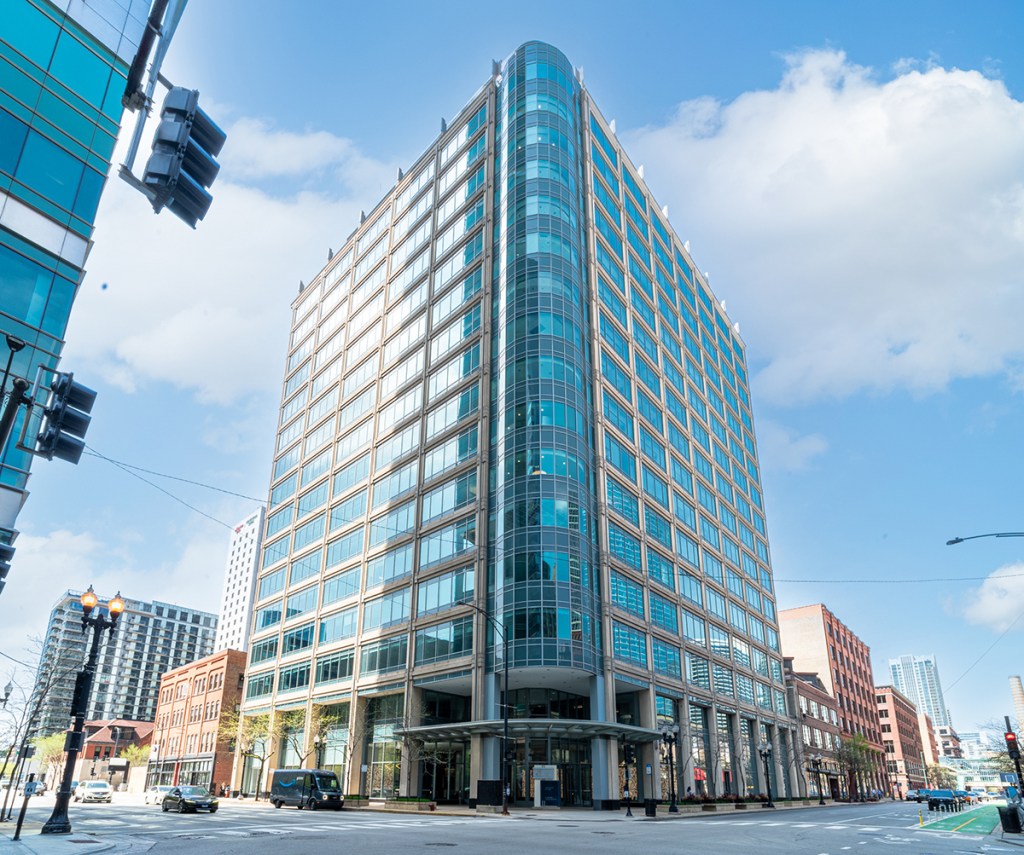
An office window cracked open several months ago. No big commotion, but quite a few heard it. What began as a trickle of sales transactions is now gaining momentum.
Many buyers now believe we have either reached or are close to the bottom and that, if primed, some great assets are just a flip away.
Office sales reached $5.1 billion in May, a year-over-year increase of 41 percent, according to MSCI Real Assets. Meanwhile, sales in the long-favored industrial and multifamily sectors declined 26 percent and 18 percent in May when compared to 2024.
To be certain, the sector remains highly bifurcated. The newest and highest quality trophy buildings in markets such as Manhattan are maintaining occupancy and value while many older and obsolete buildings in less desirable locations lack a path to any future use, observed Tim Bodner, partner & global real estate deals leader at PwC.
“The office sector has clearly hit a different spot—there’s a lot more enthusiasm around it,” he said. “That doesn’t mean that there’s not going to be more distressed transactions, but people are interested in offices again, for sure.”
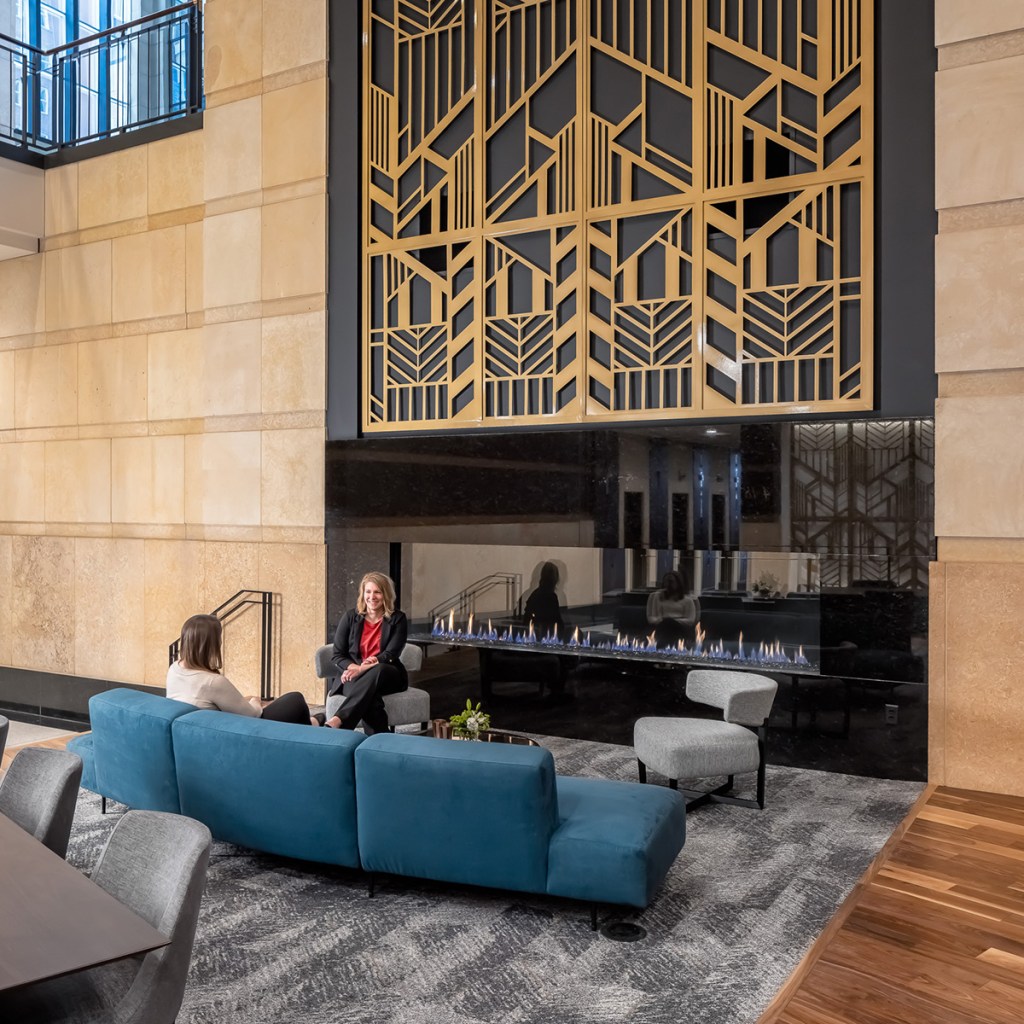
The search for pearls
This bifurcation holds water among value investors, who are trying to find struggling but suitably priced assets that can be resuscitated with capital and operating improvements.
Andrew Brog of Brog Properties, for example, recently purchased two Chicago office assets for cash, at deep discounts. In January, he paid $18.5 million to Metropolitan Life Insurance for 550 W. Washington Blvd., a 372,396-square-foot, mostly vacant property that traded for a much heftier $111 million in 2013. That followed his purchase of 216 W. Jackson Blvd. from LNR Partners in April 2024. That one changed hands for just $2.5 million, an 89 percent haircut from 2013.
READ ALSO: Signs of Stability Emerge as Office Downsizing Eases
Brog focuses on upgrading or adding amenities such as gyms, employee lounges and conference capabilities. He is also finishing some space speculatively, for immediate occupancy, and providing potential tenants with models of how offices could be outfitted. Brog wagers that most companies have more certain space needs in mind after finalizing decisions on hybrid and remote work policies.
Value-add deals come in a lot of forms and tend to have a lot of inherent risk.
—Greg Fuller, COO, Granite Properties
Yet, CBRE pegged downtown Chicago vacancy at around 25 percent for the first quarter, which continues to give tenants leverage. In one case, an office user wanted Brog to grant a year of free rent. It also wanted him to buy out its existing lease and provide tenant improvement dollars that together tallied to an incentive package of around $200 per square foot for a 10-year lease, he said.
“There are more tenants in the market today than there have been over the last five years, and space is slowly being absorbed,” Brog pointed out. “But there’s still a lot of desperation and vacancy out there.”
Discount-driven
Granite Properties is seeking opportunities at discounts to replacement cost across the strategy spectrum, from development and value-add to core assets.
For value-add deals in older buildings, the approach will likely require a replacement cost no higher than 30 cents on the dollar, said Greg Fuller, Granite COO. That’s because the properties will likely need upgrades to elevators and HVAC systems, not to mention funding for leasing programs and the addition of amenities.
“You have to buy assets at the right price because your return requirements are going to be higher than other office buildings that are well-located and leased that you can also pick up at a discount,” Fuller said.
READ ALSO: Office Prices Slide as Discounts Surge
Midloch Investment Partners, a diversified value-add firm, tends to stick with apartments, industrial and retail. However, it couldn’t pass on partnering with Hempel Real Estate to acquire LaSalle Plaza, a 621,629-square-foot office tower in downtown Minneapolis. The 2023 deal came at a 77 percent discount from building costs, said Andy Sinclair, CEO of Midloch.
I don’t know if you’re going to get the crazy good deals that existed before. Maybe it’s just good deals now.
—Andrew Brog, Brog Properties
“What that price tells you is that it makes no economic sense to build these today,” he added. “People coming back to the office want to be in top-quality space, and there were two or three ways for us to offer tenants one of best buildings in the market.”
The partners have focused on improving parking by acquiring a skyway-connected garage, updating the lobby, enhancing security and adding amenities, including restaurants and pickle ball courts, said Sinclair.
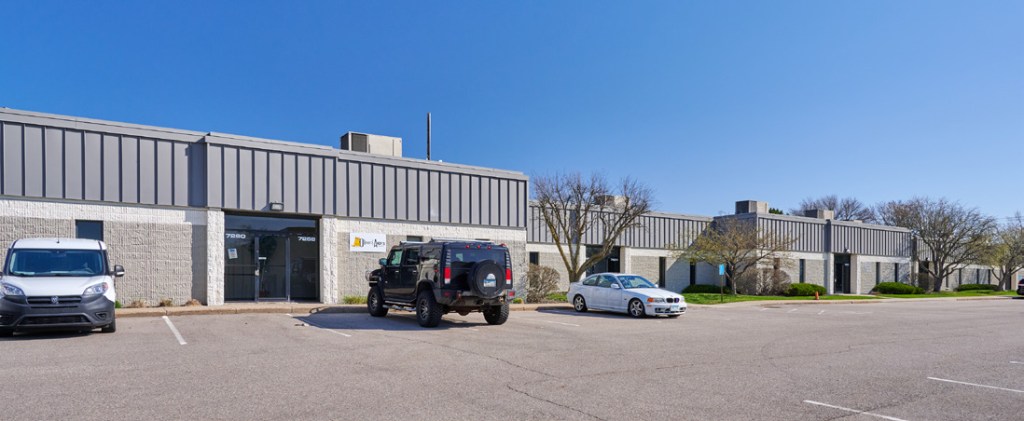
Flex cat out of the bag
Rather than going for conventional office, MLG Capital specializes in acquiring multi-tenant flex space and apartments. Late last year, the company bought a seven-property flex portfolio containing 67 suites in suburban Minneapolis for its MLG Private Fund VI.
Like other value investors, MLG aims to buy discounted projects that provide opportunities to increase income, said Dan Price, principal & CIO at MLG. But it is becoming more challenging to find available multi-tenant flex space as capital has become increasingly attracted to the niche. The list includes office investors looking for alternatives, but also other first-time buyers.
The high cost of constructing flex-space office suites, which can make up as much as 20 percent of the assets, is keeping a lid on already limited supply, Price pointed out. What’s more, occupancy has improved in the category, and so the more typical play today is to ride strong rent growth versus finding properties with some vacancy that can quickly be filled.
“Some investors have avoided flex,” Price said. “But the secret is out. In the last month, we’ve lost out on a couple of deals we were chasing as competition increased.”
It may be too early to say the same for conventional office properties, but the proverbial investment freeze is quickly thawing, suggested Brog. Due to the uptick in buyers, though, he’s unsure of how many deep-value opportunities are available.


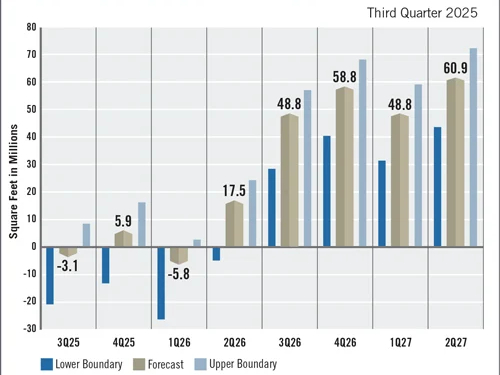
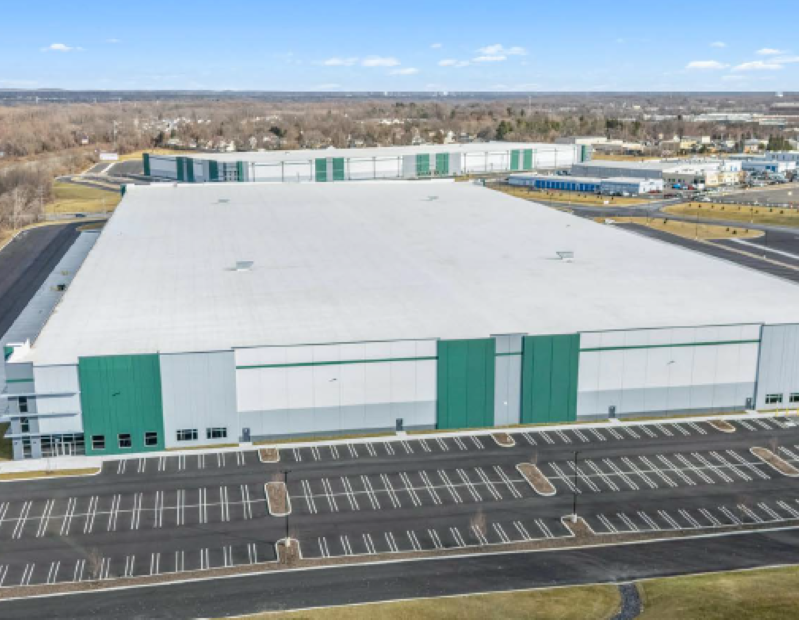
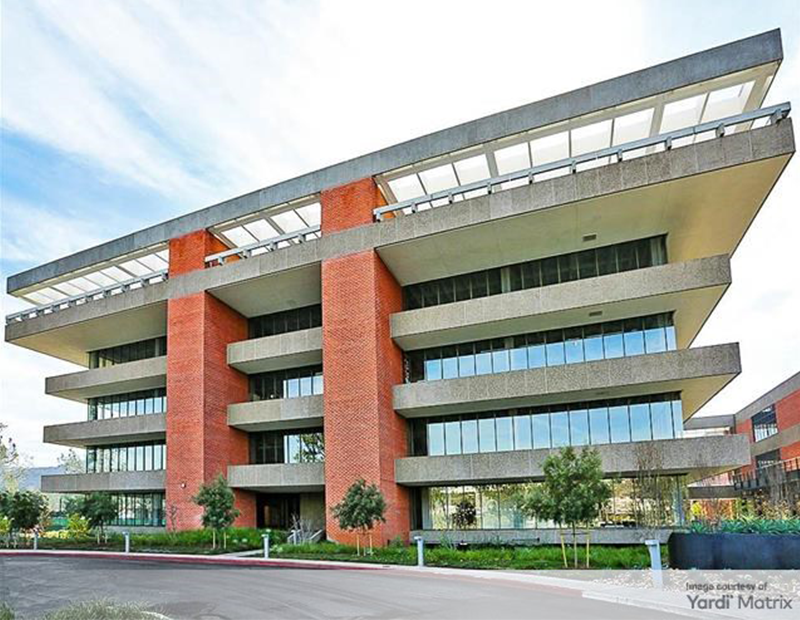
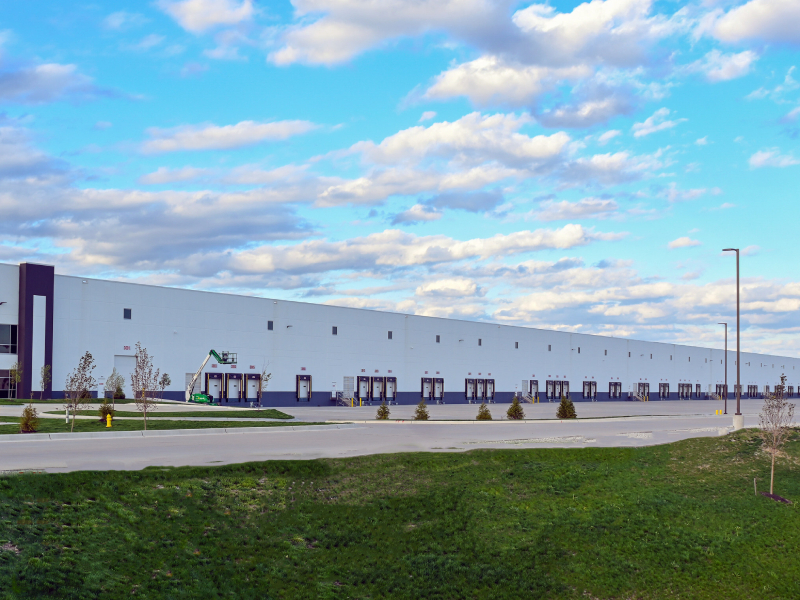
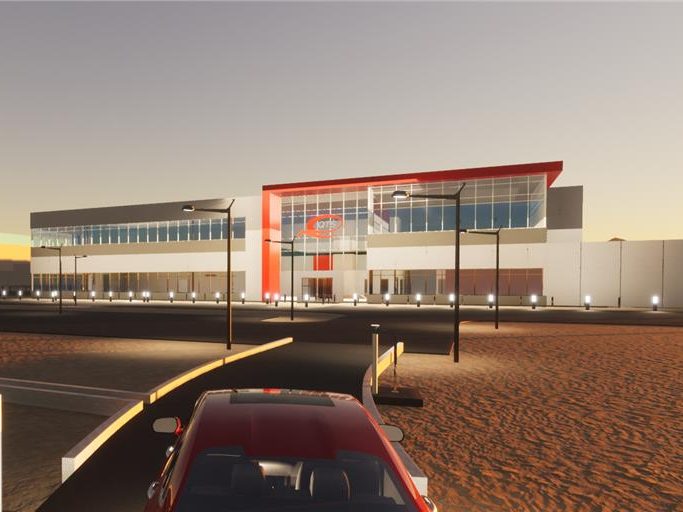

You must be logged in to post a comment.